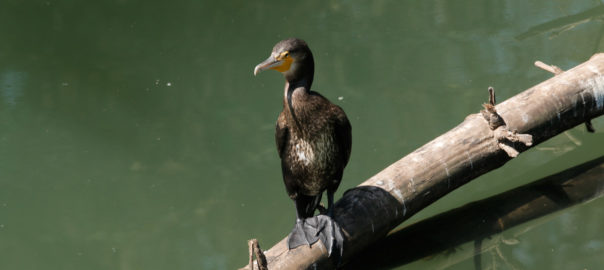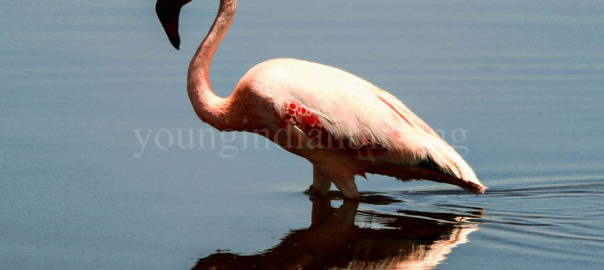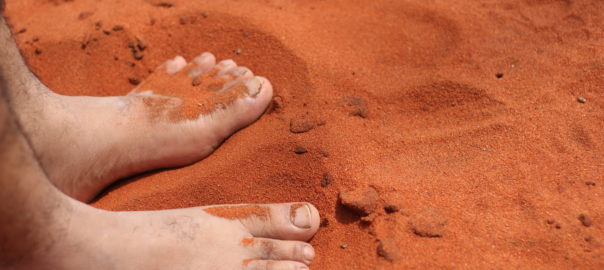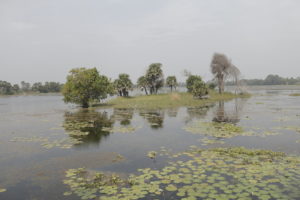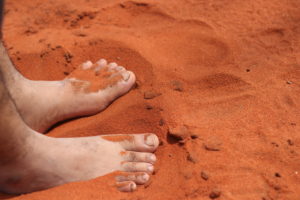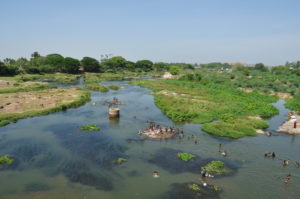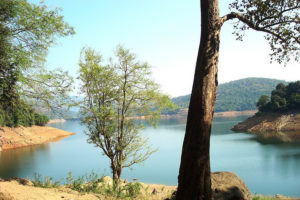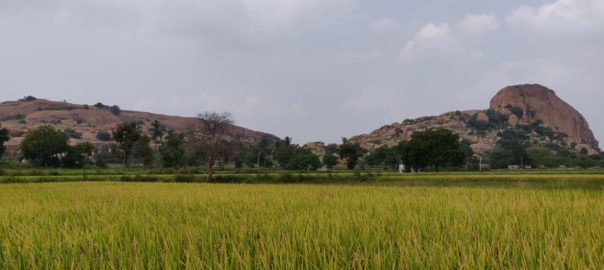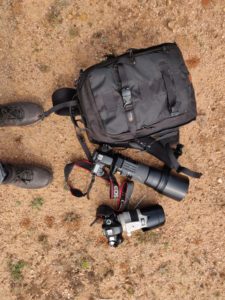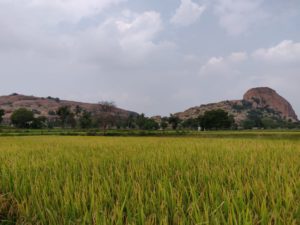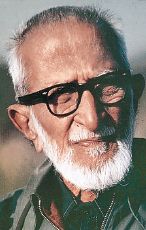
History of Birdwatching
History of Birdwatching
Before we jump into the topic of ‘how to do birdwatching?’.we just go back into time
to know the history…and by now very reader will gets to bore but its as a beginner of birdwatching, we should know the origin of birdwatching
In mid 1700’s, Most of the people are watched birds for hunting as a sport,mainly for food and later Gilbert White, Thomas Bewick, George Montagu and John Clare. Are the persons who initially recorded the birds as an ecologist for their study and research purpose.And later the study of birds and nature is increased widely in Victoria era(1837-1901),they collected birds egg ,feather and latter they preserved their feather and they started to collected across worldwide where they were into colonise…
It was only in the late 19th century that the call for bird protection began leading to the rising popularity of observations on living birds. The Audubon Society was started to protect birds from the growing trade in feathers in the United States while the Royal Society for the Protection of Birds began in Britain.Birding in North America was focused in the early and mid-20th century in the eastern seaboard region, and was influenced by the works of Ludlow Griscom and later Roger Tory Peterson. Bird Neighbors (1897) by Neltje Blanchan was an early birding book which sold over 250,000 copies. It was illustrated with color photographs of stuffed birdsThe organization and networking of those interested in birds began through organizations like the Audubon Society that was against the killing of birds and the American Ornithologists’ Union (AOU).The rising popularity of the car increased the mobility of birdwatchers and this made new locations accessible to those interested in birds.Networks of birdwatchers in the UK began to form in the late 1930s under the British Trust for Ornithology (BTO). The BTO saw the potential to produce scientific results through the networks, unlike the Royal Society for the Protection of Birds (RSPB) which like the Audubon Society originated from the bird protection movement.Like the AOU in North America, the BOU had a focus mainly in collection based taxonomy. The BOU changed focus to ecology and behaviour only in the 1940s. The BTO movement towards ‘organized birdwatching’, was opposed by the RSPB which claimed that the ‘scientification’ of the pastime was ‘undesirable’. This stand was to change only in 1936 when the RSPB was taken over by Tom Harrisson and others. Harrisson was instrumental in the organization of pioneering surveys of the great crested grebe.nitially, birdwatching was a hobby undertaken in developed countries such as the United States of America and the United Kingdom. Nevertheless, since the second half of the 20th century an increasing number of people in developing countries have engaged in this activity. Transnational birding has played an important role in this, as birders in developing countries usually take up the pastime under the influence of foreign cultures with a history of birding.
In India,Sálim Moizuddin Abdul Ali (12 November 1896 – 20 June 1987) was an Indian ornithologist and naturalist. Sometimes referred to as the “Birdman of India“, Salim Ali was the first Indian to conduct systematic bird surveys across India and wrote several bird books that popularized ornithology in India. He became a key figure behind the Bombay Natural History Society after 1947 and used his personal influence to garner government support for the organisation, create the Bharatpur bird sanctuary (Keoladeo National Park) and prevent the destruction of what is now the Silent Valley National Park. Along with Sidney Dillon Ripley he wrote the landmark ten volume Handbook of the Birds of India and Pakistan, a second edition of which was completed after his death. He was awarded the Padma Bhushan in 1958 and the Padma Vibhushan in 1976, India’s third and second highest civilian honours respectively Several species of birds, a couple of bird sanctuaries and institutions have been named after him. Salim Ali was very influential in ensuring the survival of the BNHS and managed to save the then 100-year-old institution by writing to the then Prime Minister Pandit Nehru for financial help.
And hence as an inspiration of salim Ali..many birdwatchers were came and done their role in conservation and studies of birds.. And but Tamilian were also considered first to start birdwatching ..still youngindianbirding is doing research on …we will soon release our work paper article in upcoming articles..DO watch the upcoming article in research column in our website..
Soon we will update with advanced details about birdwatching in upcoming article shortly…
Have an nice day…

